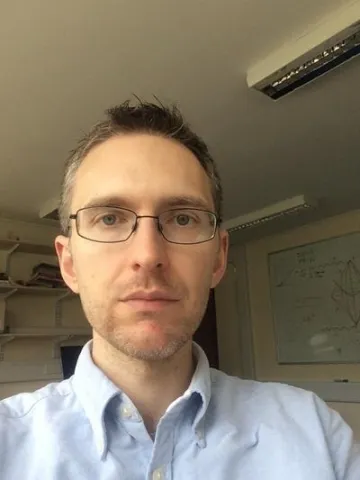About the project
This project will develop novel methods of accurately modelling sources of gravitational waves for next-generation and space-based gravitational-wave detectors such as LISA. The successful applicant will particularly focus on extreme-mass-ratio inspirals, which occur when massive black holes capture stellar objects in galactic cores.
Gravitational-wave science has made profound breakthroughs in the last decade, as scientists have begun to directly observe gravitational waves for the first time. By measuring these tiny ripples in the geometry of space and time, we can now study the dramatic, previously invisible events that created them. The project will focus on an especially interesting class of gravitational-wave sources called extreme-mass-ratio inspirals (EMRIs), in which a neutron star or black hole roughly as massive as the Sun orbits a supermassive black hole perhaps millions of times larger. Before plunging into the large black hole, the smaller object executes hundreds of thousands or more intricate orbits, acting as a precise probe of the black hole's spacetime geometry.
In order to extract information about an EMRI from a detected wave, we require a mathematical model that precisely relates the wave to the EMRI that produced it. Modelling EMRIs is uniquely challenging because they contain highly relativistic orbital dynamics, objects of hugely disparate size, and effects that occur over vastly different periods of time. A concerted international effort has been made over the past 25 years to accurately model EMRIs. However, current models are missing critical features, including nonlinear effects, resonances, and the final merger of the two objects. The successful applicant will join an ongoing effort to calculate these effects and develop EMRI models sufficiently accurate and complete for gravitational-wave astronomy. The project can be primarily analytical, primarily numerical, or an equal balance, depending on the applicant’s interests.
